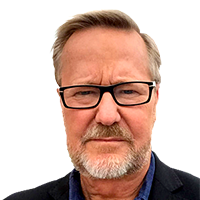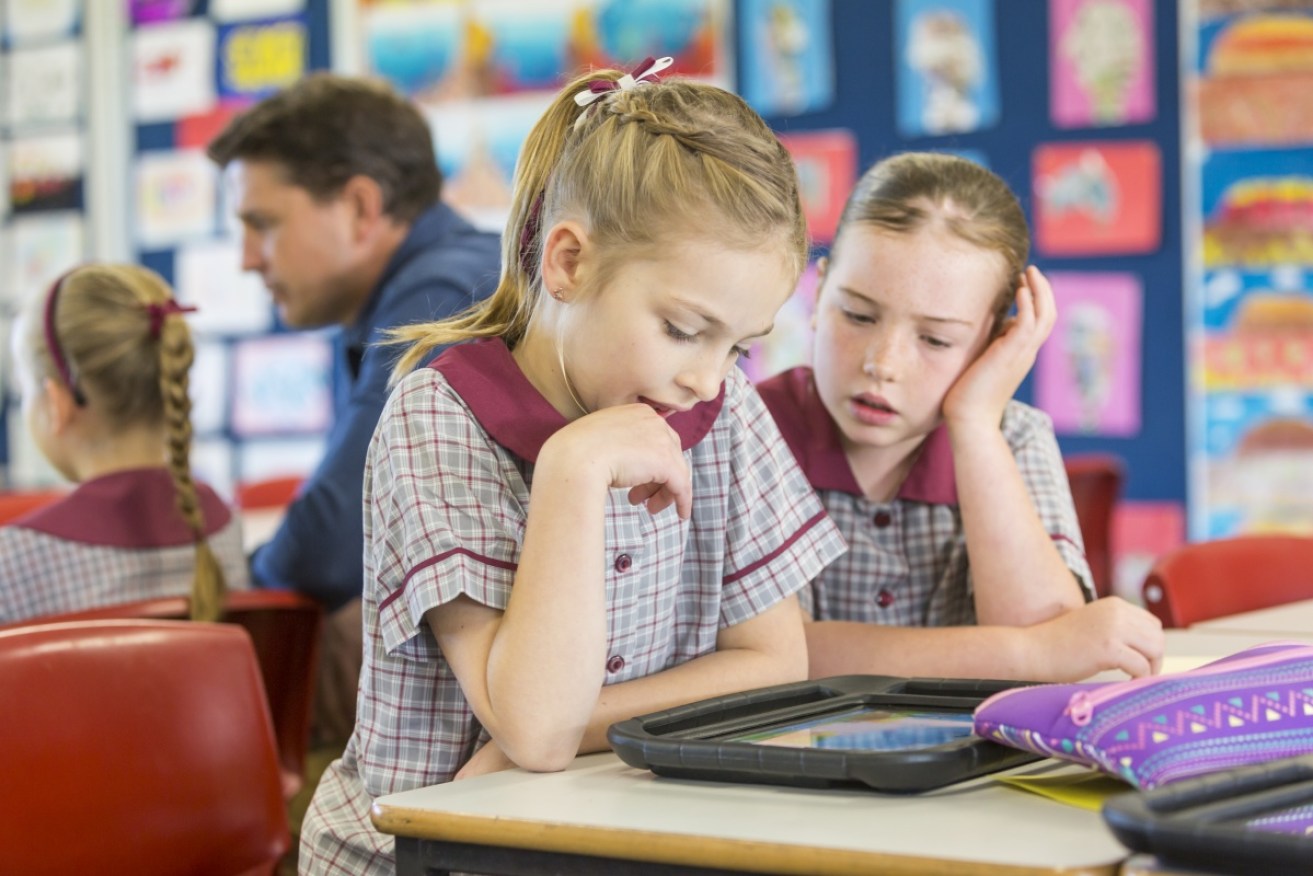The formula to save Australia’s suffering education system


Save the Children is calling for $10 million for a program to help young, at-risk students following a Productivity Commission report on mental health. Photo: Getty
A sense of panic has come with the latest news that Australia’s school students are falling behind in maths, science and reading.
Taxpayer funding to schools, both government and non-government, has never been higher, leaving many scratching their heads or wringing their hands.
Strident tabloidistas in the you-know-who press think lazy losers and their lazy unionised teachers are to blame.
The 2015 Program for International Student Assessment (PISA) rankings from testing 700,000 students in 70 countries including 14,000 in Australia showed “an absolute decline”, according to Dr Sue Thompson, of the Australian Council of Education Research.
“The proportion of high achievers is decreasing and the proportion of low achievers is increasing.”
Australia has a high quality but low equity OECD education ranking.
Our first world economy with its critical mass of middle income earners accessing well resourced private, religious and selective schools for their children is the quality end. But ‘low equity’ means an inordinate proportion of school students do not achieve academically.
They come from poor, indigenous, rural, remote, non-english speaking families usually covered by the ‘low socio economic’ euphemism.
Australia has a higher concentration of disadvantaged students enrolled in schools with low SES (socio economic status). Almost all, of course, are in the government system. This is confirmed by the contentious My School website which tracks school NAPLAN scores.
Low equity in education is nothing new and is not unique to Australia. A McKinsey (Barber and Mourshed) forensic comparison of educational performance found low equity exists across the globe.
There have been many nostrums pushed by educators and political parties including lowering class sizes. But McKinsey found that lowering class sizes, although beneficial, was not the game changer the world was looking for.
Needless to say the PISA panic has re-agitated complaints from the Labor Party that the Turnbull government was refusing to fund the final two years of ‘Gonski’ funding for disadvantaged schools from 2018.
But Gonski panel member Dr Ken Boston told The New Daily the original Gonski funding recommendations had been misrepresented, politicised and effectively abandoned by the major political parties.
“Australia will not meet the PISA challenge of our declining student performance unless we adopt sector-blind needs-based funding,” he said.
Apparently neither the Labor nor Coalition parties have the political courage to redistribute resources according to the measured need of each school, regardless of the sector to which it belongs, for fear of enraging the private and non-government lobbies.
School leadership and staffing stability
Is Gonski funding the only answer? What about teacher quality?

Australia’s NAPLAN scores are worrying signs for teachers and the country’s future. Photo: AAP
A top educator told The New Daily that the ‘secret formula’ to addressing Australia’s falling performance was in an exceptional leadership ability of the school principal, particularly of a low SES school, and the stability of its teaching staff.
“Identified low-SES schools which, against trend, have improved their performance because of leadership and stability can quickly revert to lower performance. Why? We found that their great principal had retired or was transferred or staffing destabilisation had occurred through constant teacher transfers”.
Most disadvantaged schools particularly with migrant children were now the “emergency wards” of education requiring translators, speech therapists, teacher aides, family school liaison and more classroom teachers.
“And that requires extra funding for that particular school,” Dr Boston said.
Teach for Australia
McKinsey found teacher quality was a big factor in the consistent high performance of Singapore and Finland requiring applicants to be tested for high levels of literary, numeracy, interpersonal and communications skills before entering the classroom.
In Australia, the Federal Government has intervened with a new pathway called Teach for Australia where graduates from other disciplines are re-trained for classroom teaching.
The program has been bagged by Maurie Mulheron of the Australian Education Union (AEU) who told The New Daily: “It is incredibly expensive, costing about $150,000 per TFA graduate compared to about $10,000 for normal teacher education. It has a huge drop-out rate: over 50 per cent of TFA graduates leave teaching within two years.”
Instead the AEU wants teacher quality lifted systemically with a minimum five year course, with ATAR entry in the high 80s or 90s, including a three-year Bachelor degree and a two-year post-graduate Masters in Teaching. Equivalent rigour should apply for those entering by other pathways.
The next PISA rankings to be published this time next year are expected to show Australia’s further decline in school education.








